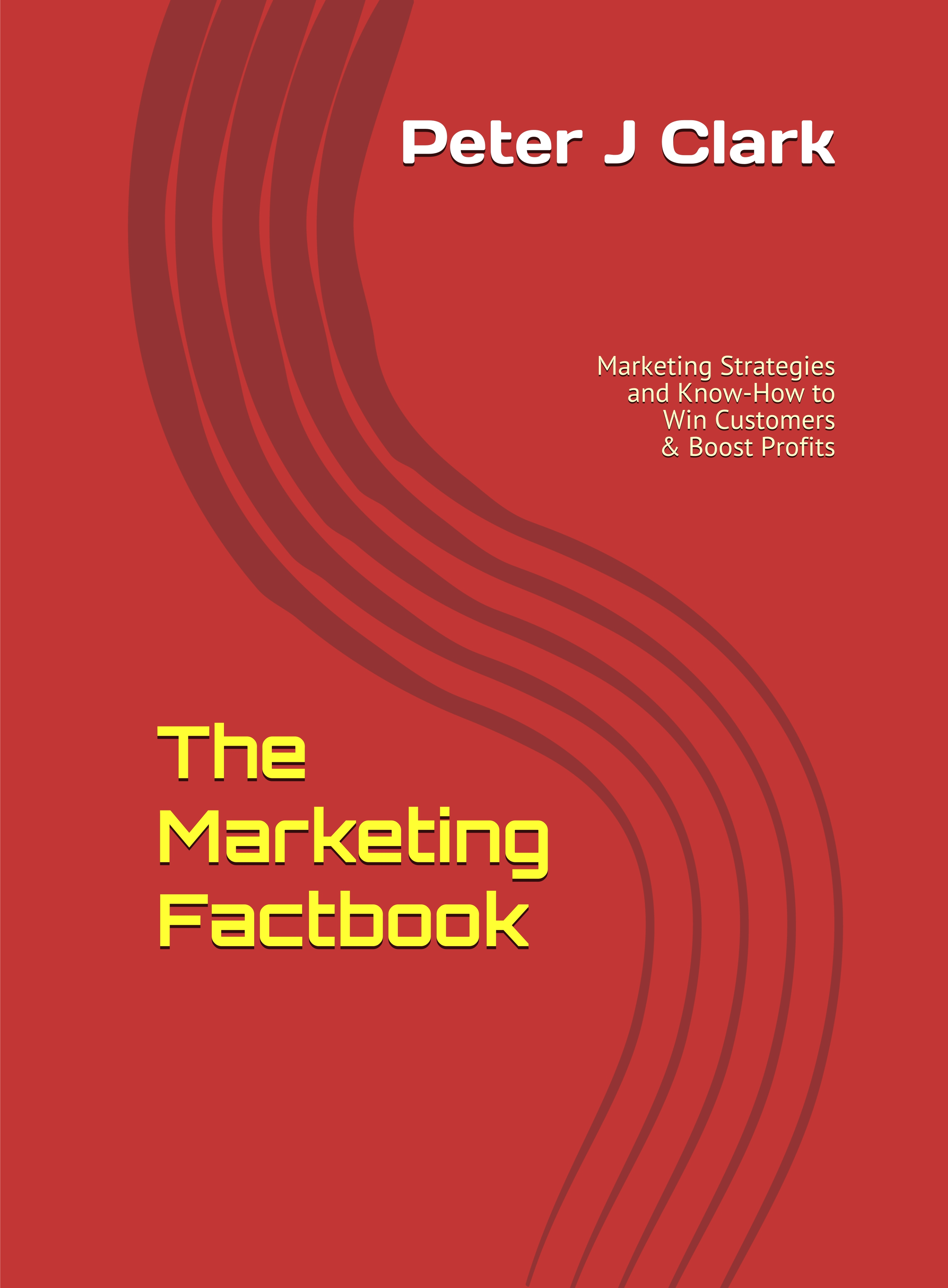Retail industry most targeted by malicious emails
2m malicious emails bypassed email defences in 1 year
Some two million malicious emails bypassed traditional email defences, such as secure email gateways, between July 2020 and July 2021, according to a report from Human Layer Security company Tessian.
These emails were flagged by inbound email security tool Tessian Defender as malicious and analyzed by Tessian researchers to reveal the tactics cybercriminals use to carry out advanced spear phishing attacks that bypass defenses.
Who's being targeted and how?
The retail industry was targeted most often during this period, with the average employee in this sector receiving 49 malicious emails a year. This is significantly higher than the overall average of 14 emails detected per user, per year. Employees in the manufacturing industry were also identified as major targets, with the average worker receiving 31 malicious emails a year.
To evade detection and trick employees, attackers used impersonation techniques. The most common tactic was display name spoofing (19%), whereby the attacker changes the sender's name and disguises themselves as someone the target recognizes. Domain impersonation, whereby the attacker sets up an email address that looks like a legitimate one, was used in 11% of threats detected by Tessian. These subtle nuances in the email domain aren't always easy to spot.
The brands most likely to be impersonated in the emails detected between July 2020 and July 2021 were Microsoft, ADP, Amazon, Adobe Sign and Zoom - the latter likely spurred on by the shift to remote working.
Account takeover attacks were also identified as a major threat, an attack vector that, on average, costs businesses US$12,000. In this case, the malicious emails come from a trusted vendor or supplier's legitimate email address, and likely won't be flagged by a secure email gateway as suspicious. Tessian data found that account takeover comprised 2% of malicious emails analyzed, and the legal and financial services industries were targeted most by this type of attack.
What's the motive?
While emails containing attachments were once a popular "spray and pray" method to trick people into downloading malware, Tessian found that less than one-quarter (24%) of the emails flagged contained an attachment. In addition, 12% of malicious emails contained neither a URL or file - a sign that attackers are moving away from using typical indicators of an attack. Links, however, do still prove to be a popular and effective payload, with almost half (44%) of malicious emails containing a URL.
While credential theft is growing in popularity among cybercriminals today, Tessian found more keywords related to "wire transfers" than "credentials" in its analysis. This suggests that the motive behind these attacks is still largely focused on financial gain.
When are people most vulnerable?
Most malicious emails were delivered around 2 p.m. and 6 p.m. in the hopes that a phishing email, sent during the late afternoon, will slip past a tired or distracted employee. Attackers also capitalized on specific times of the year. Tessian found the biggest spike in malicious emails immediately before and following Black Friday, a time when many people expect to receive a surge of emails touting deals and attackers can leverage the "too-good-to-be-true" deals and use them as lures in their scams.
"Gone are the days of the bulk spam and phishing attacks, and here to stay is the highly targeted spear phishing email. Why? Because they reap the biggest rewards," said Josh Yavor, Tessian's Chief Information Security Officer.
"The problem is that these types of attacks are evolving every day. Cybercriminals are always finding ways to bypass detection and reach employees' inboxes, leaving people as organizations' last line of defense. It's completely unreasonable to expect every employee to identify every sophisticated phishing attack and not fall for them. Even with training, people will make mistakes or be tricked. Businesses need a more advanced approach to email security to stop the threats that are getting through - the attacks that are causing the most damage - because it's not enough to rely on your people 100% of the time."
The full report has been made available online at https://www.tessian.com
Sources: Tessian / The Marketing Factbook.
Copyright © 2021 - 2025 The Marketing Factbook.
Categorised as:
- Customer Experience
- Customer Loyalty
- Marketing Know-How
